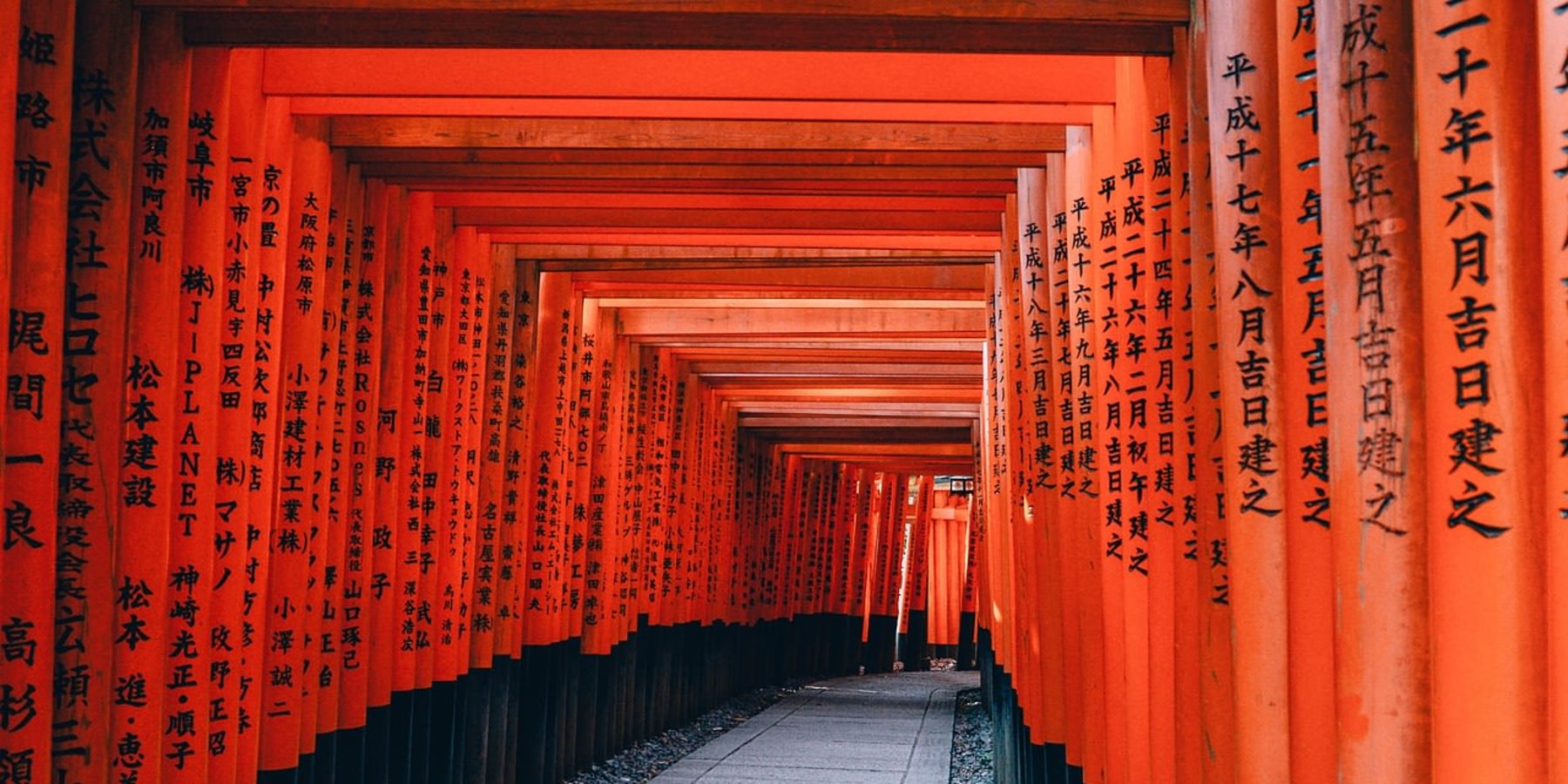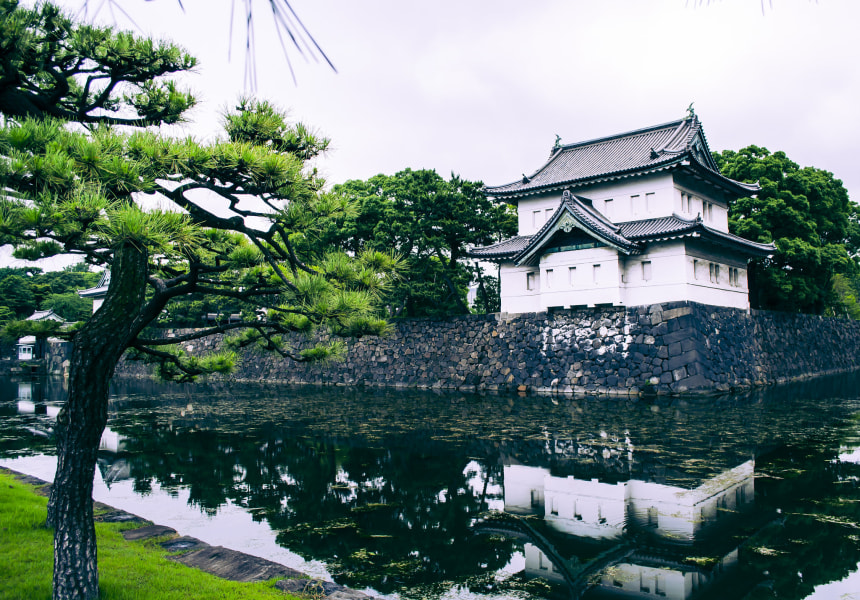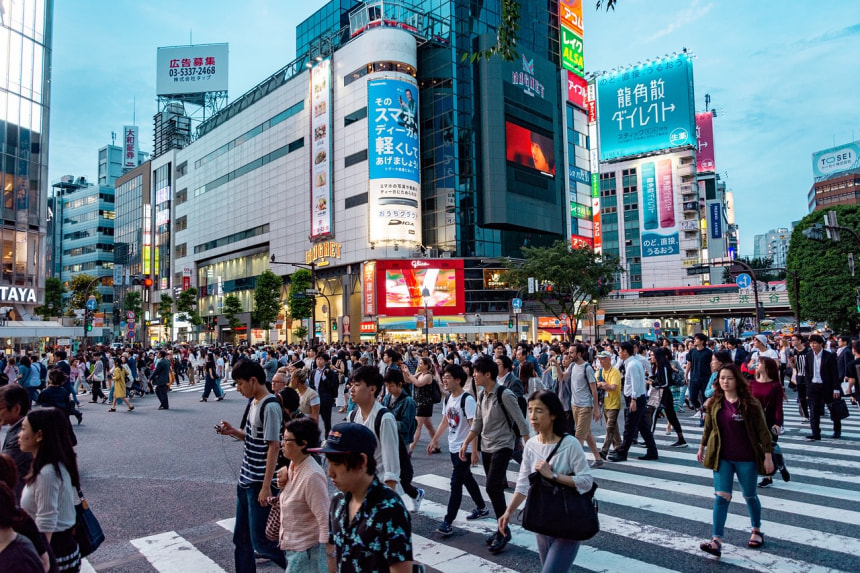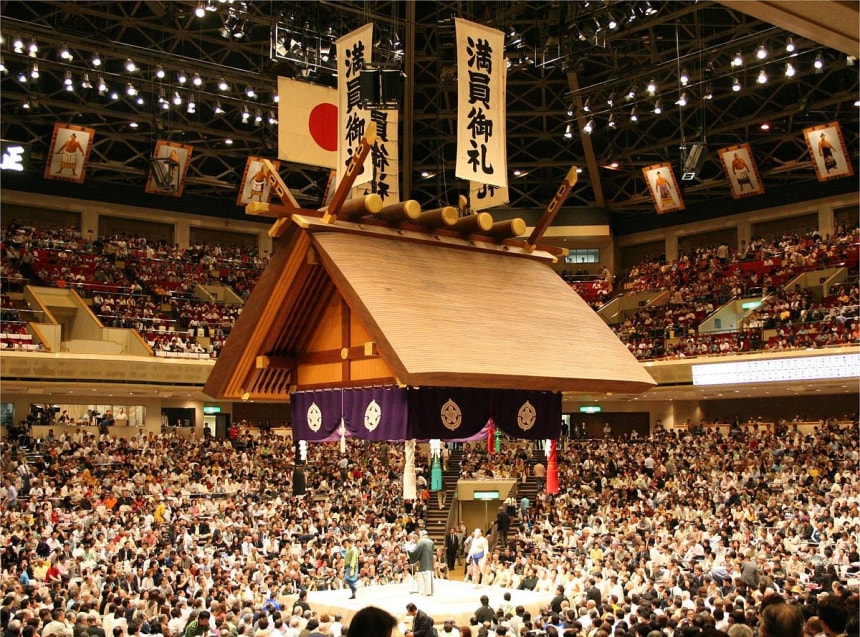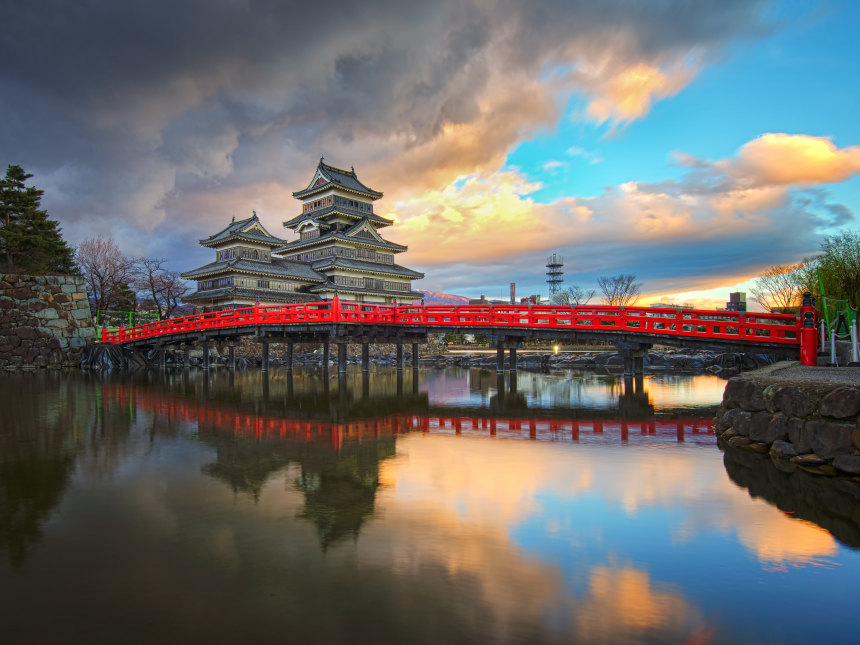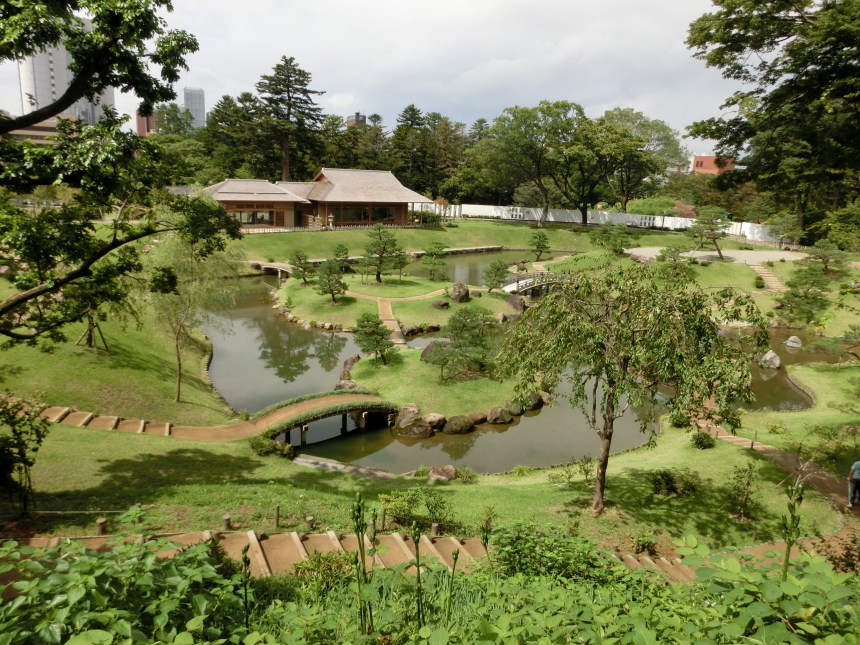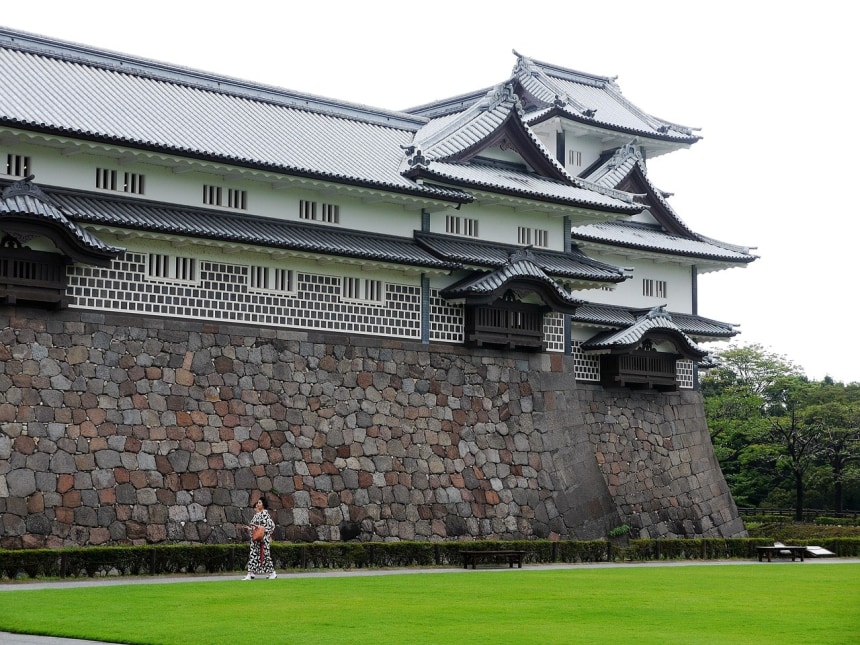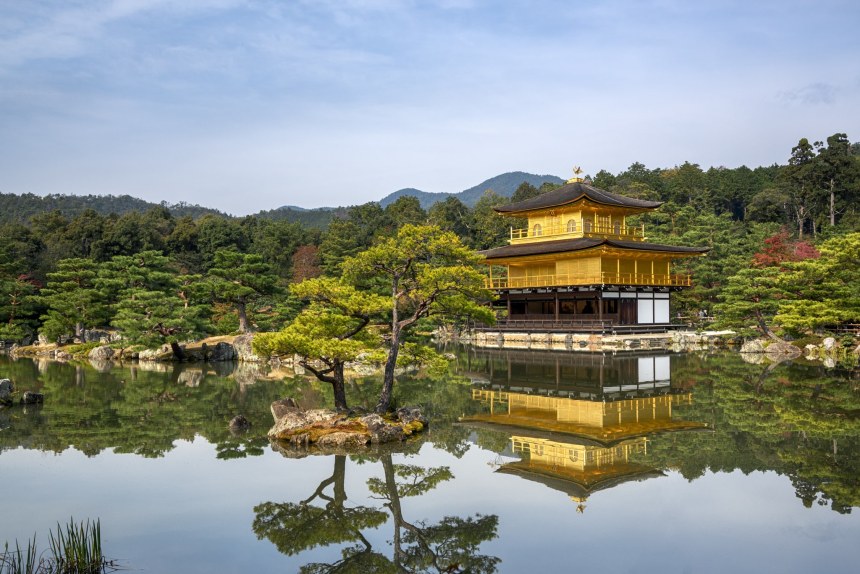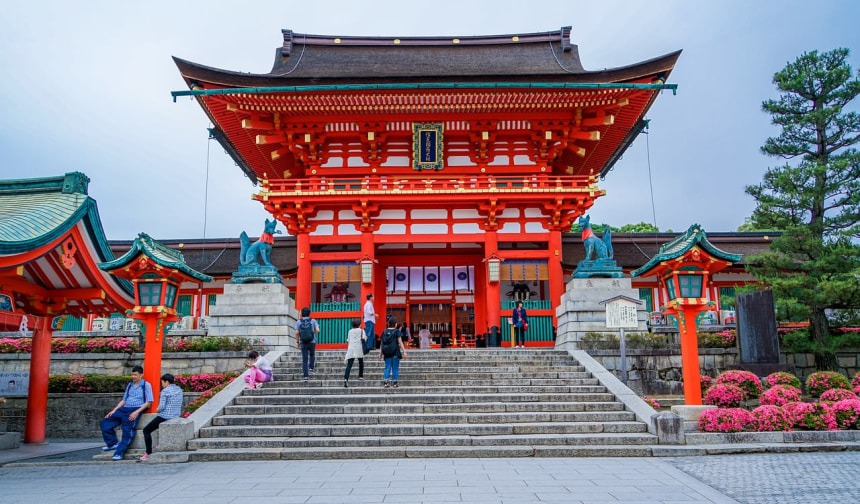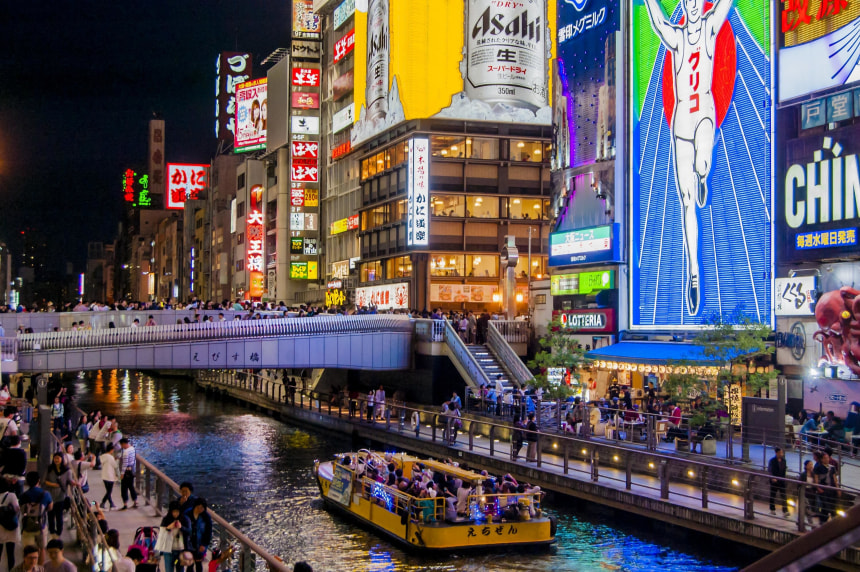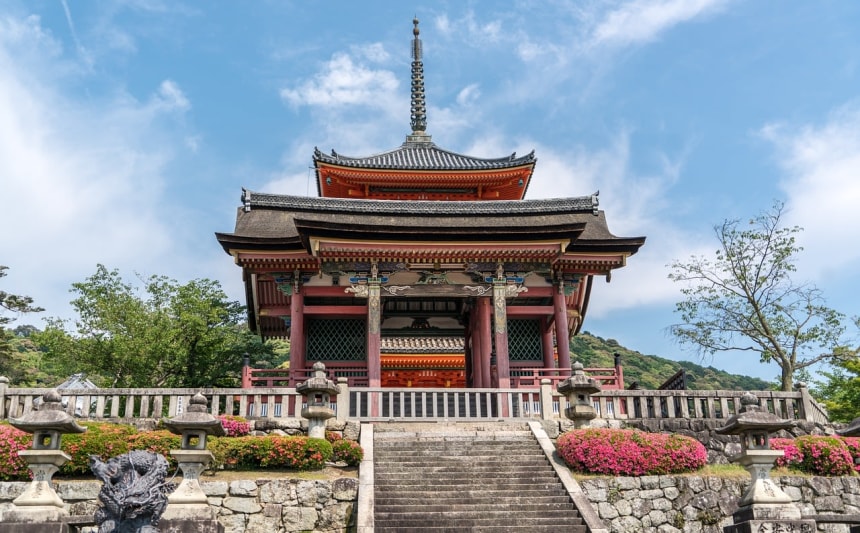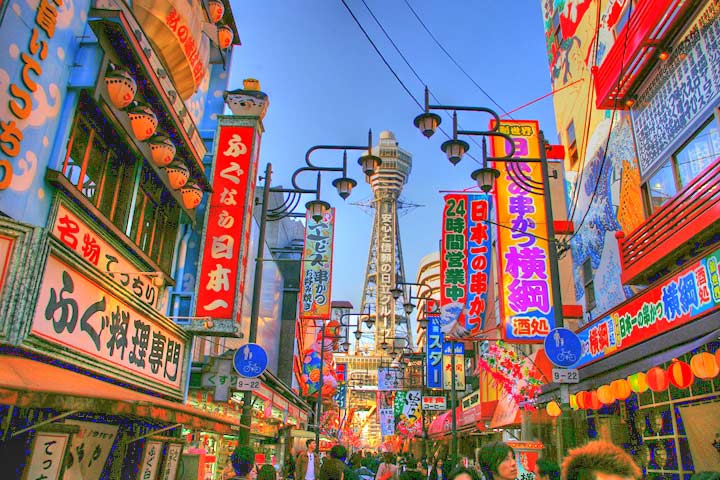| 8 mins read
Ross Cameron
Running from the rainforest-clad tropical island of Okinawa in the south to the snow-covered island of Hokkaido in the north, Japan is one of the world’s most diverse countries, and houses multiple hidden gems. Snaking its way up the coast of East Asia and encompassing nearly 7000 islands, travellers can spend months in the country without ever getting bored. However, not everyone has the luxury of such time and this guide to Japan will show travellers on a tight schedule how to see the best the country has to offer in 7 days. Indeed, although Japan is vast, many of its biggest cities are centrally located on Honshu, the largest island in the Japanese archipelago, and can be quickly reached via the iconic bullet trains.
Day 1: Explore Japan’s ancient history and breathtaking modernity in Tokyo
Most whistle-stop tours of the country start in Tokyo, the world’s largest city and symbol of Japan’s rapid transformation since 1945. Any visit to Japan’s capital should begin with a tour of the Imperial Palace, which is still home to the emperor and his family. The palace, which sits on the site of the former Edo-jo, the Tokugawa shogunate’s castle, is a sprawling affair and visitors will see its imposing fortifications and the Kyuden, the palace built-in 1968 to replace the ancient palace destroyed during World War Two. If you visit during cherry blossom season the gardens are particularly spellbinding.
After you have seen Japan’s ancient imperial history, head to Shibuya – the city’s busiest neighbourhood. Set amongst LED-lit skyscrapers is the famous Shibuya Crossing, thought to be the world’s most used intersection, which was immortalised in films such as Sofia Coppola’s Lost in Translation. Once you are caught in the urban buzz, make your way south to Shinjuku for a lively night on the town where you can explore the miniature bars of Golden Gai that range from seedy sake dens to anime-themed pubs and bass-pumping karaoke lounges.
Day 2: Immerse yourself in Japanese culture with sumo and kabuki
Your second and final day in Tokyo should be all about taking in the experiences you can only have in Japan. Start your day Tsukiji Market, Tokyo’s main wholesale market, for a brunch of steaming hot ramen packed with seaweed, fresh chillies and boiled eggs.
Once you have got a taste for traditional Japanese foodstuffs, make your way to Ryogoku Kokugikan, the city’s main sumo wrestling stadium. While doors to the stadium open at 8 am every morning, the serious action does not kick off until at least 2 in the afternoon when the top tier wrestlers get into the ring – to put it simply, you will never forget a trip to the sumo wrestling.
Finally, cap your day off with an evening kabuki performance at Kabukiza, Japan’s premier theatre. As ornate as Western European opera houses, Kabukiza is a spectacular setting to watch performances of Japan’s traditional theatre where actors in gaudy costumes play out age-old fables. Make sure to rent an English language headset so as to understand what is going on.
Day 3: Onwards to Matsumoto
Popular in Japan but often passed over by foreign visitors is the picture-perfect town of Matsumoto, which sits west of Tokyo in the shadow of the Japanese Alps. As the former capital of the Ogasawara Clan in the 13th and 14th centuries, the city is packed with rich examples of Japan’s ornate medieval architecture that will leave any visitor floored.
The highlight of the city is undoubtedly Matsumoto-jo, Japan’s oldest and largest wooden castle that was designated one of only four National Treasures by the Japanese government. Towering over the old town, the castle was completed in 1595 and newly installed exhibits and excellent guided tours will inform you of life in Matsumoto under the Ogasawara Clan’s rule. Make sure to climb to the top of the castle to see the spectacular views of the Japanese Alps.
Day 4: Explore the tranquil gardens and geisha quarters of Kanazawa
Beyond the Japanese Alps on the Sea of Japan coast lies the historic city of Kanazawa, which is the only mainland city to rival Kyoto in terms of historic attractions. The reason for this wealth of history is simple: it was one of the few Japanese cities that was spared bombing during World War Two.
Chief among the historic attractions is the Gyokusen Inmaru Garden, the former pleasure garden attached to Kanazawa Castle that lay abandoned for nearly 400 years until its restoration in 2015. Peppered with picturesque bridges, tranquil coy ponds, weeping willow trees and traditional teahouses, it is Japan’s best examples of Meiji era landscaping.
After exploring the gardens, head for the geisha quarters of Kanazawa. Unusually, the town has three different geisha districts but the most iconic is Higashi Chaya. The district’s main street is lined with ornate teahouses with slated windows that would have allowed the geisha to see but not be seen by passers-by. Today, many of them are museums that showcase the geisha culture of the Meiji era.
Day 5: Get to grips with Japan’s rich Buddhist culture in Kyoto
Just a short bullet train south of Kanazawa is the mesmerising city of Kyoto, which is a highlight for many visitors to Japan. Home to more than 2000 temples and possibly tens of thousands of torii shrines, the city is the country’s spiritual heart and is the best place to experience Japan’s rich Buddhist culture.
Start the day by seeing Kyoto, if not Japan’s, most iconic attraction, Kinkaku-Ji, otherwise known as the Golden Pavilion. Dating from 1397, the building was originally the home of a local shogun that was transformed into an elaborate temple upon his death by his son. The temple, which almost floats on the surface of a tranquil lake, is coated in gold leaf and is a dazzling sight.
Beyond this, make your way to Fushimi Inari-Taisha, where thousands upon thousands of bright orange torii gates (marking the transition from the temporal world into the sacred world) pepper the bamboo-clad hillsides. The entire setting is quintessentially Japanese and no visit to Kyoto would be complete without experiencing it.
Day 6: Kyoto’s Nishiki Market and onto Osaka, Japan’s second city
The bullet train between Kyoto and Osaka takes barely an hour, so your penultimate day in Japan should start by grabbing a bite to eat at the iconic Nishiki Market in Kyoto’s historic core before continuing on to Japan’s second city. The market is home to a mouth-watering array of foodstuffs but it is best known for its sashimi skewers, which make a great on the go snack, and its craftsmen who make some of the world’s sharpest knives.
After taking the bullet train to Osaka to go straight to Osaka-jo, otherwise known as the city’s main castle. Set in lush parkland and surrounded by one of Japan’s most imposing moats, the castle was built in 1583 to commemorate the unification of Japan and, allegedly, more than 100 000 men worked to construct it. For your night in Osaka, there is no better place to go than Dotombori, a clutch of neon-lit streets, towering skyscrapers and underground bars centred around a centuries-old canal.
Day 7: Explore Kyoto’s kitsch side in Shin-Sekai
No trip to Japan would be complete without immersing yourself in the country’s love of all things kitsch. The best place to do so is in the Kyoto neighbourhood of Shin-Sekai, which literally translates to ‘new world’. This district emerged in the early 20th century as what was then a futuristic amusement park before morphing into its current incarnation as a mecca for all things brightly coloured and animated.
Begin by climbing the century-old Tsuten-Kaku, a 103-metre steel tower that offers spectacular vistas over the city, before exploring the area’s many video game parlours, pachinko (arcade game) dens and more traditional mah-jong cafes. While it can attract some seedy characters, this area remains one of Japan’s most photogenic and a day touring its often-bizarre establishments is a great way to cap off a whistle-stop tour of the country.
“Over the past decade, Ross Cameron has travelled extensively across Europe, Southeast Asia, North America, North Africa, and the post-Soviet space. As someone who has areal passion for these regions of the globe, he is able to offer an expert opinion that highlights the best off the beaten track destinations.”
Image details and licenses: Shin-Sekai: https://commons.wikimedia.org/wiki/File:Shin-Sekai%EF%BC%9A%E6%96%B0%E4%B8%96%E7%95%8C_-_panoramio.jpg (Studio irony, CC BY 3 .0), Imperial Palace: https://commons.wikimedia.org/wiki/File:Imperial_Palace_(92565303).jpeg (The Archive Team, Creative Commons), Osaka https://commons.wikimedia.org/wiki/File:Osaka_Dotonbori_Ebisu_Bridge.jpg (Type Specimen, CC BY - SA 3.0), Kinkaku Ji https://commons.wikimedia.org/wiki/File:Kinkaku_Ji_Kyoto_(129498505).jpeg (The Archive Team, CC BY 3 .0), Gyokusen Inmaru Garden https://commons.wikimedia.org/wiki/File:Gyokusen_Inmaru_Garden.JPG (Abasaa), Ryogoku Kokugikan Tsuriyane - https://commons.wikimedia.org/wiki/File:Ryogoku_Kokugikan_Tsuriyane_05212006.jpg (Goki, GNU Free Documentation License)

